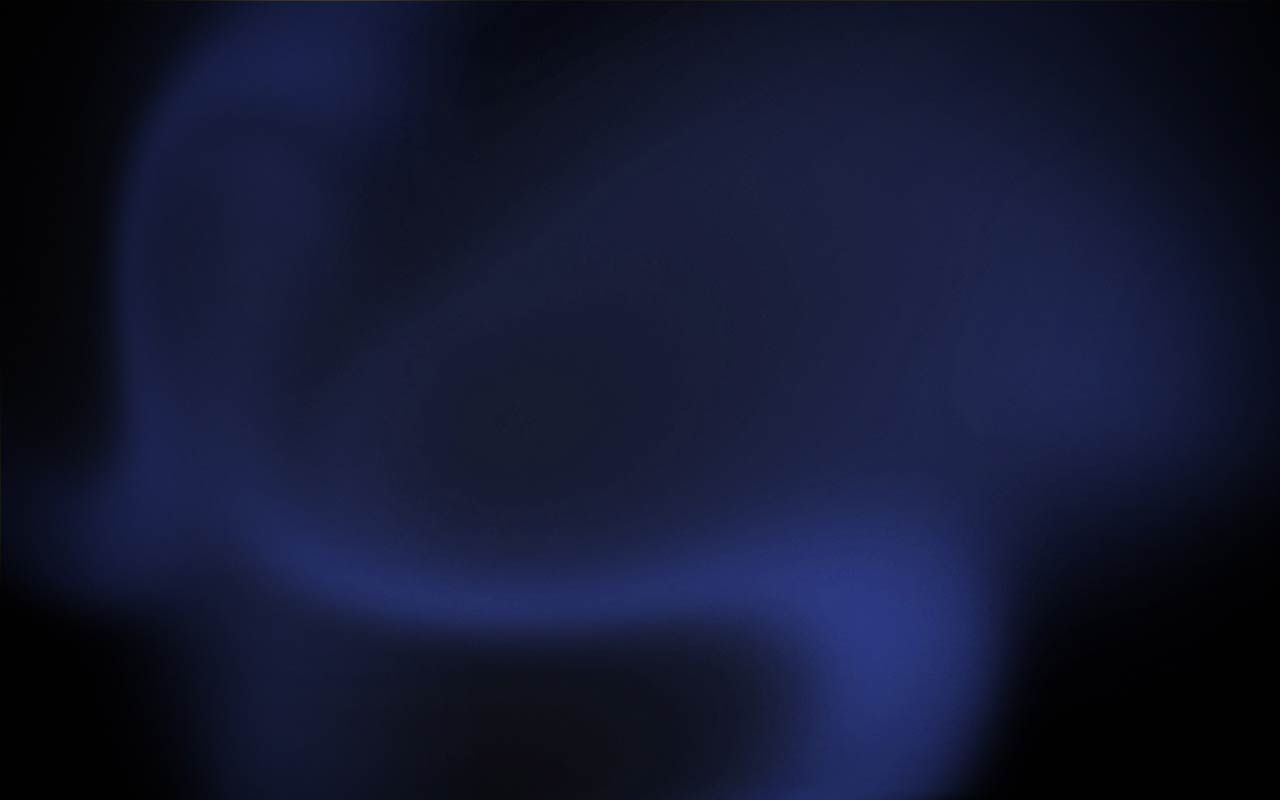

VANTABLACK: DARKER THAN DARK
Team Lumina
20/08/2018
The subject matter for today comprises of Vertically Aligned Nano Tube Arrays and the color black. More concisely, we will be talking about Vantablack. The darkest substance to ever be made by humans, the material absorbs 99.965% of incident light, reflecting so little that it is often described as the closest thing to a black hole that we will ever see. In fact, Vantablack absorbs more than just visible light, and is equally-effective across a whole range of the spectrum that is invisible to the human eye. In fact, even at shallow angles, the levels of blackness outperform all those shown by other commercial super-black coatings.

Surrey Nano Systems (the pioneers behind Vantablack) has outlined a number of properties that differentiate the material and make it special. For one, it is super hydrophobic (its molecules, in essence, repel water molecules), with the water having no impact on the substance’s optical properties. It also has very high thermal shock resistance; repeatedly plunging a Vantablack-coated substrate into liquid Nitrogen at -196ᵒC and then transferring it to a 300ᵒC hot plate in air did not affect its properties. As a result, it is very good at front-to-back heat conduction, being ideal for Black Body calibration sources. Moreover, Vantablack is very resistant to extreme shock and vibration as shown by independent testing where the material was subjected to tremors simulating launch and staging.
Vantablack was originally developed for satellite-borne blackbody calibration systems, but its unique physical and optical properties have resulted in it finding widespread application. The material is available in two versions, either directly applied to surfaces using vacuum-deposition technology or, in the case of Vantablack S-VIS, by spraying and then post-processing. The original version of Vantablack can generally be applied to materials with a melting point of around 550C or above, with negligible volatile constituents. The Vantablack S-VIS coating can be applied to a very wide range of materials.
The substance is used in applications ranging from space-borne scientific instrumentation to luxury goods, and its ability to deceive the eye opens-up a whole range of possibilities in design. Vantablack produces some startling optical effects: when it's applied to a three-dimensional object, Vantablack is so black that it becomes extremely difficult to discern any surface features, and three-dimensional objects appear to become two-dimensional.
Vantablack is designed to reduce unwanted stray light (from the ultraviolet, visible and infrared spectrums) for a diverse range of applications, including high-performance infrared cameras, sensors, scientific instruments and satellite-borne calibration sources. It is even used to provide a unique aesthetic effect in certain high-end luxury products. Its ability to absorb light energy and convert it to heat is also of relevance in solar power development.
Now, the question arises: Is Vantablack safe? The answer is yes, in suitable applications. The WHO’s International Agency on Research into Cancer (IARC), the group that lists and conducts research into carcinogenic materials, has categorized carbon nanotubes as “not classifiable as to their carcinogenicity to humans (group 3)”. However, when powdered, lose or ‘free’ carbon nanotubes are known to be an irritant to the eyes, and the lungs if inhaled in sufficient quantities.
In conclusion, a material as amazing as Vantablack is ideal for use in many industries and can be said to have a lot of potential to change the world as we know it. The only thing we need now is creativity and innovation.